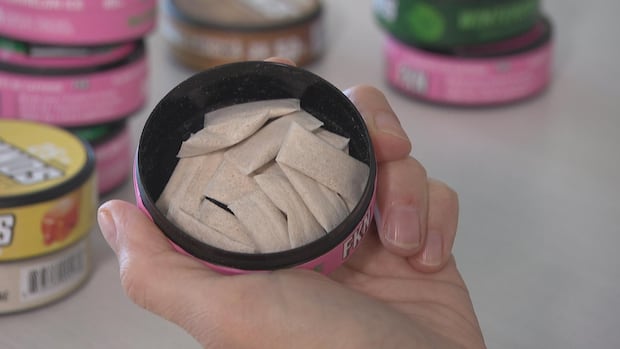Caffeine bags become popular with young people. Are they safe?

Caffeine bags are the latest trend taking over social media platforms. These small, pillow-like pouches come in flavors like chocolate and blueberries, offering a quick energy boost. Videos on Tiktok showcase young people trying them out, with some even mentioning using them to stay awake in class.
Healthcare professionals are noticing the rise in popularity of caffeine bags among young people. However, they urge caution when it comes to their use.
So, what exactly are caffeine bags? Similar to nicotine pouches, caffeine bags contain herbs and flavors and are meant to be placed between the lips and gums. The caffeine content in these bags can vary, with some containing as much as 200 milligrams per bag. Dr. Nicholas Chadi, a pediatrician, explains that the high absorption rate of caffeine in the bloodstream can lead to quick effects like a rapid heart rate and increased alertness.
While adults using a limited number of bags per day may not be a cause for concern, the worry lies with teenagers and young adults using multiple bags simultaneously. Exceeding the recommended daily limit of 100 to 200 milligrams of caffeine can lead to adverse effects like heart palpitations and paranoia.
Dr. Michael Mak, a sleep expert, expresses concerns about developing a dependence on caffeine bags, which could worsen existing sleep problems. Long-term research on the effects of caffeine bags is limited, highlighting the need for caution.
Companies selling caffeine bags online emphasize that their products are not intended for minors. They include clear warnings about the caffeine content and advise against use by young individuals. Health Canada is monitoring the situation closely to ensure compliance with regulations regarding caffeine content in products.
In conclusion, while caffeine bags may offer a quick energy boost, it is essential to use them responsibly and be aware of the potential risks associated with excessive caffeine consumption, especially for young individuals. Clear health warnings and guidelines are necessary to protect the health of consumers.




